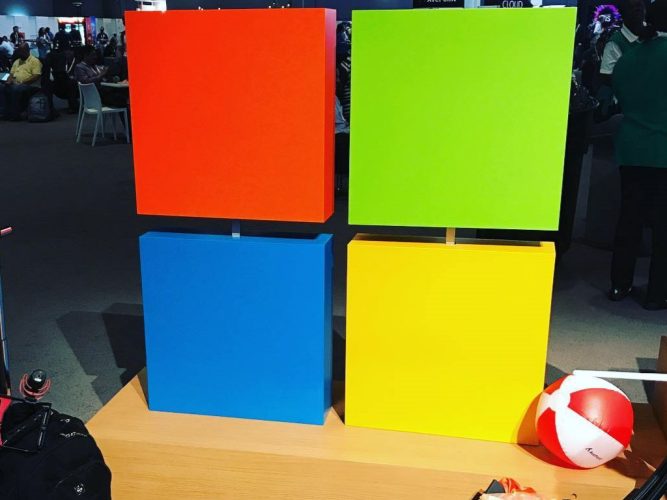Microsoft is committed to “zero waste” goal by 2030
2 min. read
Published on
Read our disclosure page to find out how can you help Windows Report sustain the editorial team Read more

In a post on the Official Microsoft Blog, Microsoft President Brad Smith goes into detail on how the Redmond company aims to become “zero waste in Microsoft’s direct operations, products and packaging by 2030.” More than 11 billion tons of waste is produced every year and of that, electronic waste accounts for 70% of all hazardous waste dumped in landfills.
Microsoft hopes to reduce as much of 90% waste the company generates while reusing, repurposing, and recycling ” their solid, compost, electronics, construction and demolition, and hazardous wastes.” One way that Microsoft will do this is through the new Microsoft Circular Centers that will be available onsite at all 160 of their datacenters worldwide.
Here is a video on how Microsoft looks to process its electronic waste through their new Microsoft Circular Centers.
“Microsoft will reduce nearly as much waste as we generate while reusing, repurposing or recycling our solid, compost, electronics, construction and demolition, and hazardous wastes. We’ll do this by building first-of-their-kind Microsoft Circular Centers to reuse and repurpose servers and hardware in our datacenters. We’ll also eliminate single-use plastics in our packaging and use technology to improve our waste accounting.
By 2030, we will divert at least 90 percent of the solid waste headed to landfills and incineration from our campuses and datacenters, manufacture 100 percent recyclable Surface devices, use 100 percent recyclable packaging (in Organization for Economic Cooperation and Development, OECD, countries), and achieve, at a minimum, 75 percent diversion of construction and demolition waste for all projects.”
In January 2020, Microsoft announced that it will remove more greenhouse gases from the Earth’s atmosphere than it produces by 2030 and will aim to remove all the carbon dioxide emissions Microsoft has ever released (since its creation in 1975) by 2050.








